PLEASE NOTE THIS IS A PREMIUM LOT AND THERE WILL NOT BE ONLINE BIDDING. A SET OF FOUR RARE CHINESE ENAMELLED PORCELAIN RECTANGULAR PLAQUES BY WANG QI (1884-1937) DATED 1931 Each finely painted with a figure beneath an inscription, one decorated with the poet Li Bai holding a wine cup, another depicting a scholar seated by a pile of books with a wrapped qin resting on his lap, one with Zhong Kui trying to catch a flying bat, the fourth with the Immortal Li Tieguai gazing at smoke emerging from a gourd, all dated to the xinwei year, each signed Xichang Taomi Sanren Wang Qi, each with two seals reading Wang Qi and Taomi, the reverse of each inscribed with a number code, all contained within wood frames, each approx 43cm x 25.5cm excluding frame, 46cm x 29cm including frame. (4) Provenance: from the collection of Colonel Timothy Van Rees, purchased from Mr Wong, a dealer on Cat Street, in Hong Kong c.1968. Colonel Van Rees served with the Welsh Regiment in Hong Kong from 1966 to 1969, and again from 1971 to 1973. He arrived as a Captain and left as a Major, and also sat as a magistrate during his time there. Colonel Van Rees was introduced to Mr Wong by a senior policeman called Taff Hunt. Wang Qi (1884-1937) is widely regarded as one of the most outstanding porcelain painters of his time. Active during China’s Republic Period, Wang Qi was an instrumental figure in aiding the revitalisation of the Chinese porcelain industry during the aftermath of the Taiping Rebellion and fall of the Qing dynasty. Wang Qi, along with seven other leading artists of the time, formed a society entitled ‘The Full Moon Society’, although this has now come to be known as the ‘Eight Friends of Zhushan’ (Zhushan Bayou). These friends would meet on the 15th day of each month to drink wine and to exchange ideas on art, with a popular topic being their thoughts and experiences concerning the painting of porcelain. Each of these artists specialised in their own subject and had their own distinctive style, with Wang Qi characteristically engaging with folkloric figures and imbuing his work with an iconoclastic and imaginative virtuosity. 1: This plaque depicts the celebrated Tang dynasty poet Li Bai (701-762) and is entitled ‘Making a toast to the moon’. Li Bai is often portrayed with wine and is sometimes referred to as ‘The Drunken Poet’. The inscription explains that this plaque is painted in the style of Huang Shen (1687-1722), who was a Qing dynasty painter and artistic innovator best known for being one of the Eight Eccentrics of Yangzhou (Yangzhou Ba Gua). It is dated to early summer of the xinwei year (1931). 2: The long inscription on this plaque tells the tale of an unnamed old man during the Zhou dynasty. The man, dressed in a deerskin coat tied with rope, was playing music on the qin when Confucius came across him whilst on his journey to Taishan. Confucius asked the old gentleman why he was so happy and he replied, “I am happy for many reasons. Of all the living creations in this world, humans are the greatest, and I am a human. This is the first reason I am happy. Men and women are different, and men are superior to women. I am a man, and so this is the second reason I am happy. There are people who are blind and there are those who do not live through infancy. I have lived well for ninety years, so this is the third reason I am happy. Scholars often face poverty, and death is the final step in life. I am content living in these normal conditions and waiting for my final call, so why should I be worried?” Confucius then exclaimed, “How wonderful that you can comfort yourself in such a way!” This plaque is dated to early autumn of the xinwei year (1931). 3: This plaque depicts Zhong Kui, the demon queller and vanquisher of ghosts. The title in the inscription may be translated as ‘cleansing the atmosphere with pushang wine’. This type of wine has been used in China since ancient times as a repellent against insects and other small disease-carryi
PLEASE NOTE THIS IS A PREMIUM LOT AND THERE WILL NOT BE ONLINE BIDDING. A SET OF FOUR RARE CHINESE ENAMELLED PORCELAIN RECTANGULAR PLAQUES BY WANG QI (1884-1937) DATED 1931 Each finely painted with a figure beneath an inscription, one decorated with the poet Li Bai holding a wine cup, another depicting a scholar seated by a pile of books with a wrapped qin resting on his lap, one with Zhong Kui trying to catch a flying bat, the fourth with the Immortal Li Tieguai gazing at smoke emerging from a gourd, all dated to the xinwei year, each signed Xichang Taomi Sanren Wang Qi, each with two seals reading Wang Qi and Taomi, the reverse of each inscribed with a number code, all contained within wood frames, each approx 43cm x 25.5cm excluding frame, 46cm x 29cm including frame. (4) Provenance: from the collection of Colonel Timothy Van Rees, purchased from Mr Wong, a dealer on Cat Street, in Hong Kong c.1968. Colonel Van Rees served with the Welsh Regiment in Hong Kong from 1966 to 1969, and again from 1971 to 1973. He arrived as a Captain and left as a Major, and also sat as a magistrate during his time there. Colonel Van Rees was introduced to Mr Wong by a senior policeman called Taff Hunt. Wang Qi (1884-1937) is widely regarded as one of the most outstanding porcelain painters of his time. Active during China’s Republic Period, Wang Qi was an instrumental figure in aiding the revitalisation of the Chinese porcelain industry during the aftermath of the Taiping Rebellion and fall of the Qing dynasty. Wang Qi, along with seven other leading artists of the time, formed a society entitled ‘The Full Moon Society’, although this has now come to be known as the ‘Eight Friends of Zhushan’ (Zhushan Bayou). These friends would meet on the 15th day of each month to drink wine and to exchange ideas on art, with a popular topic being their thoughts and experiences concerning the painting of porcelain. Each of these artists specialised in their own subject and had their own distinctive style, with Wang Qi characteristically engaging with folkloric figures and imbuing his work with an iconoclastic and imaginative virtuosity. 1: This plaque depicts the celebrated Tang dynasty poet Li Bai (701-762) and is entitled ‘Making a toast to the moon’. Li Bai is often portrayed with wine and is sometimes referred to as ‘The Drunken Poet’. The inscription explains that this plaque is painted in the style of Huang Shen (1687-1722), who was a Qing dynasty painter and artistic innovator best known for being one of the Eight Eccentrics of Yangzhou (Yangzhou Ba Gua). It is dated to early summer of the xinwei year (1931). 2: The long inscription on this plaque tells the tale of an unnamed old man during the Zhou dynasty. The man, dressed in a deerskin coat tied with rope, was playing music on the qin when Confucius came across him whilst on his journey to Taishan. Confucius asked the old gentleman why he was so happy and he replied, “I am happy for many reasons. Of all the living creations in this world, humans are the greatest, and I am a human. This is the first reason I am happy. Men and women are different, and men are superior to women. I am a man, and so this is the second reason I am happy. There are people who are blind and there are those who do not live through infancy. I have lived well for ninety years, so this is the third reason I am happy. Scholars often face poverty, and death is the final step in life. I am content living in these normal conditions and waiting for my final call, so why should I be worried?” Confucius then exclaimed, “How wonderful that you can comfort yourself in such a way!” This plaque is dated to early autumn of the xinwei year (1931). 3: This plaque depicts Zhong Kui, the demon queller and vanquisher of ghosts. The title in the inscription may be translated as ‘cleansing the atmosphere with pushang wine’. This type of wine has been used in China since ancient times as a repellent against insects and other small disease-carryi



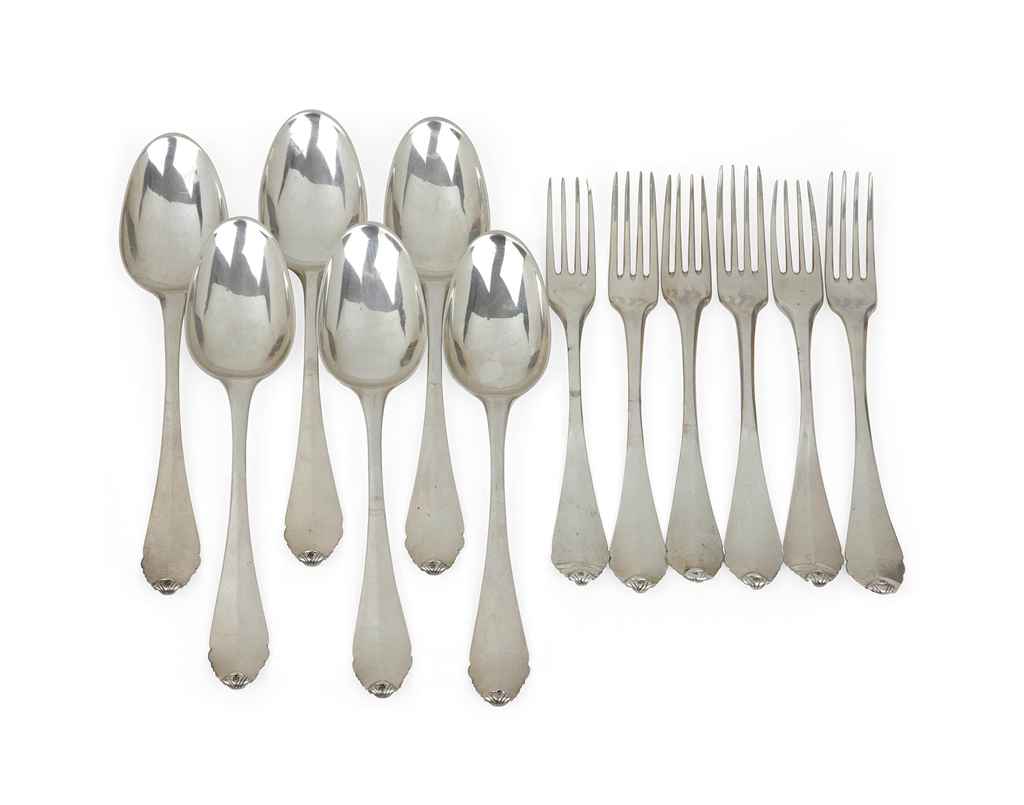
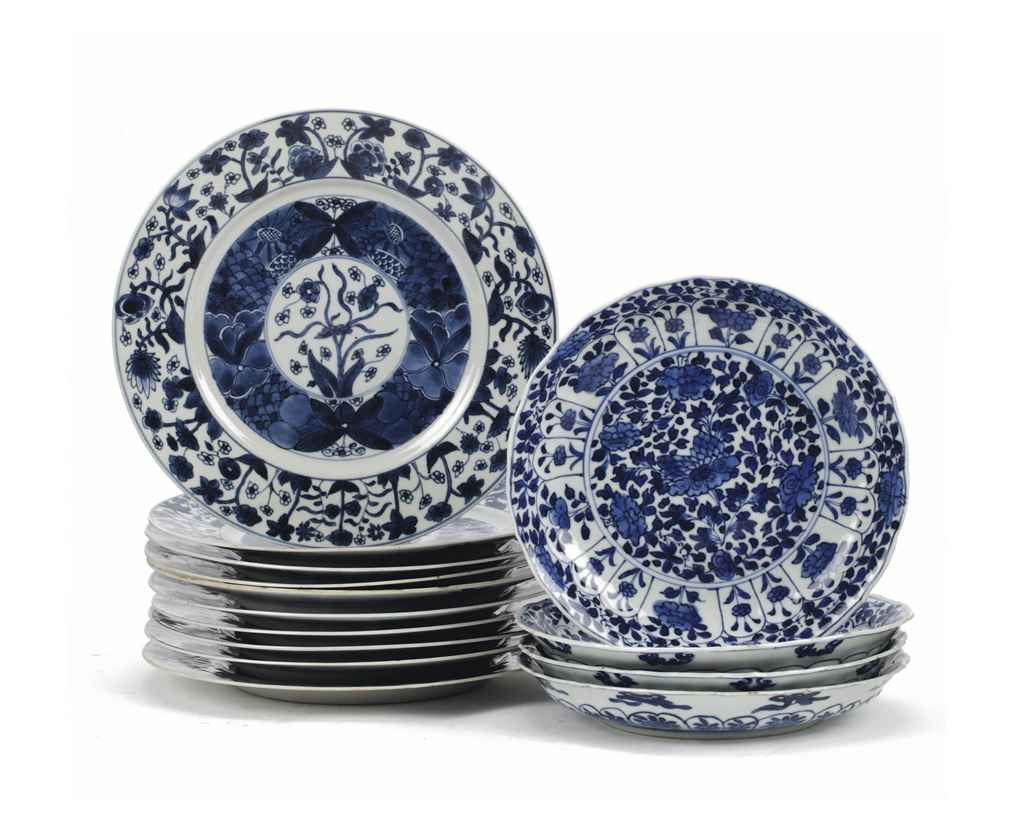
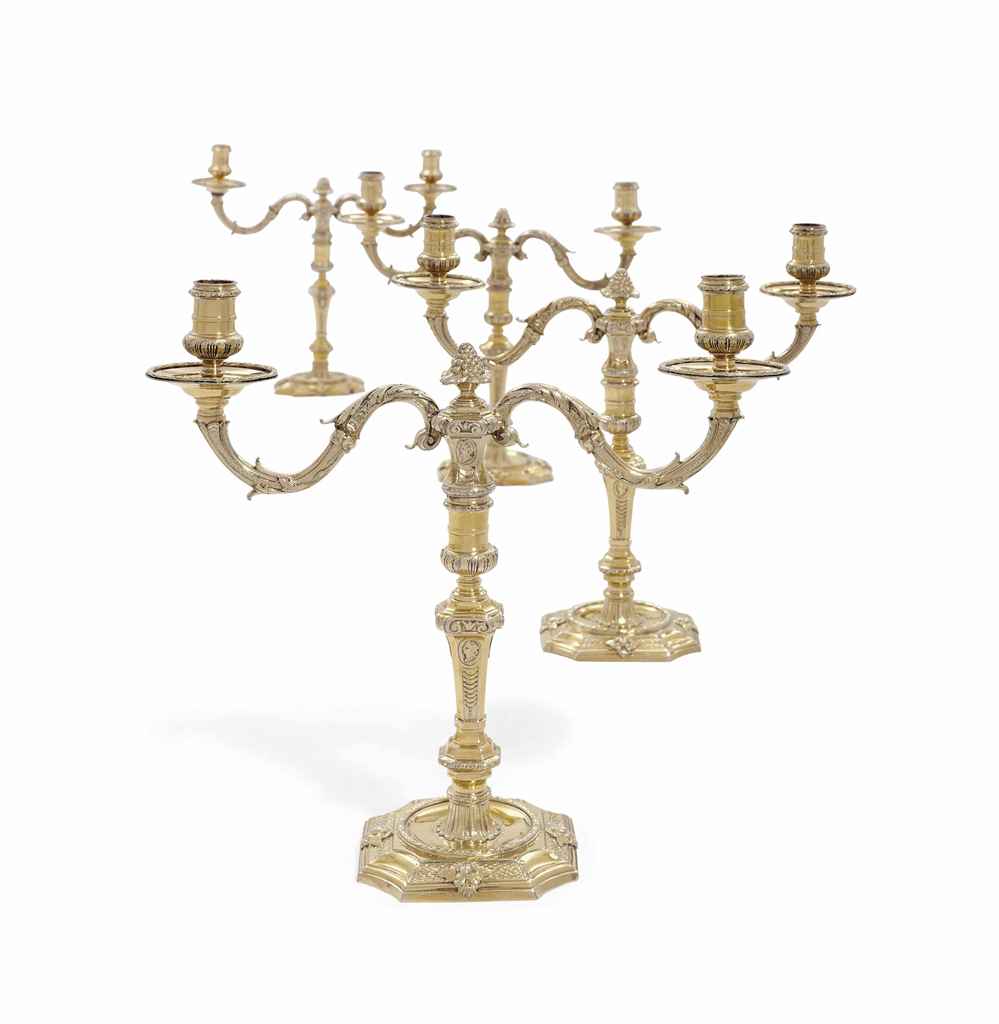





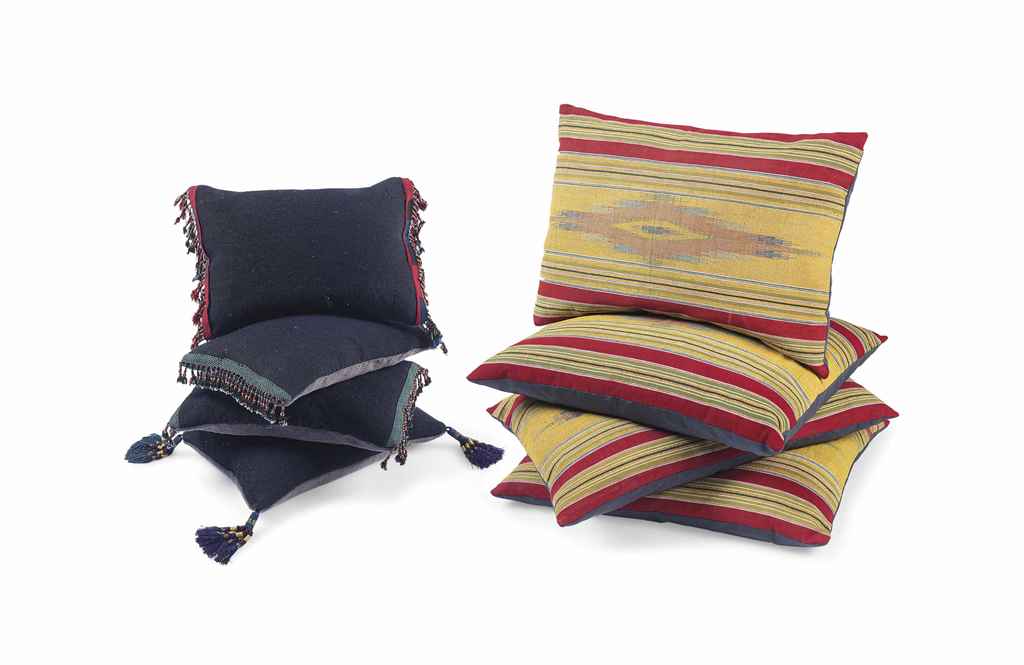
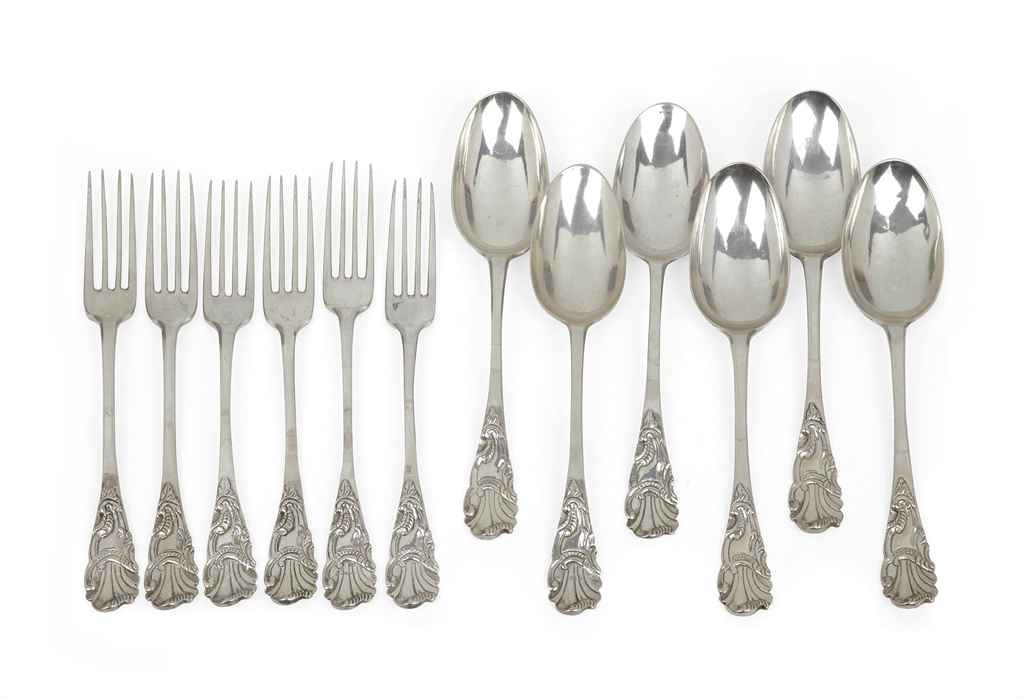
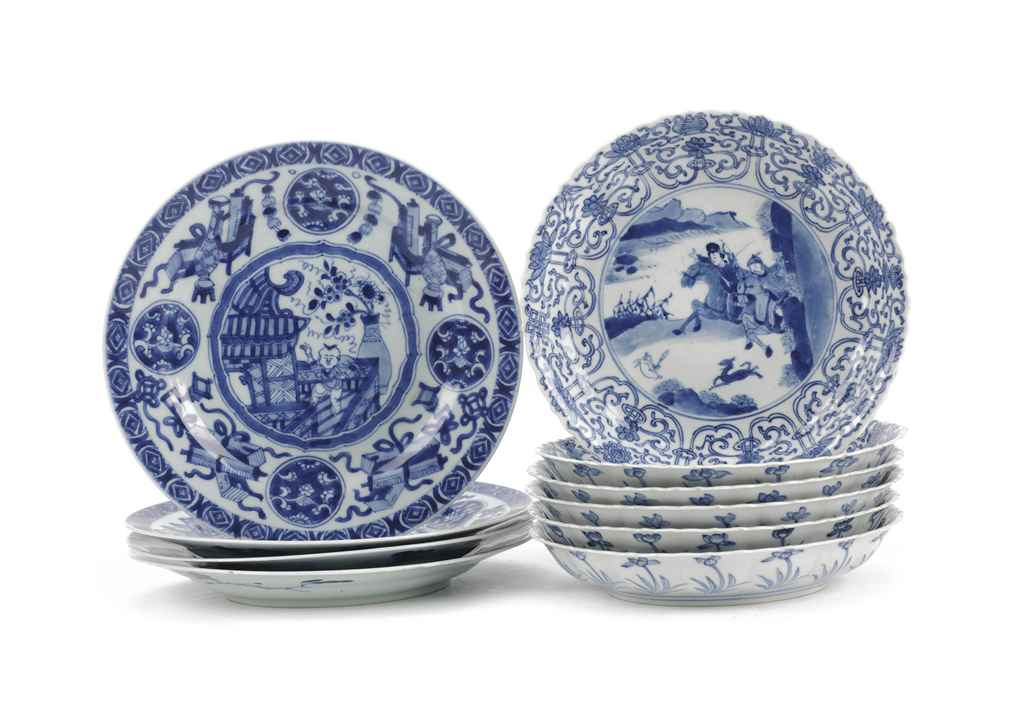

Testen Sie LotSearch und seine Premium-Features 7 Tage - ohne Kosten!
Lassen Sie sich automatisch über neue Objekte in kommenden Auktionen benachrichtigen.
Suchauftrag anlegen